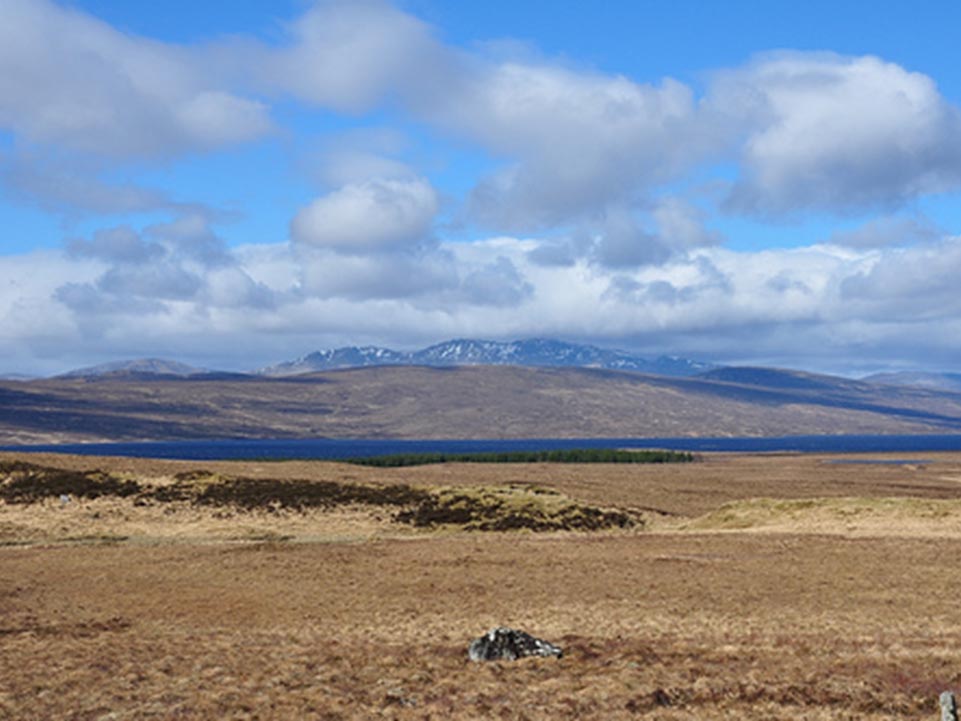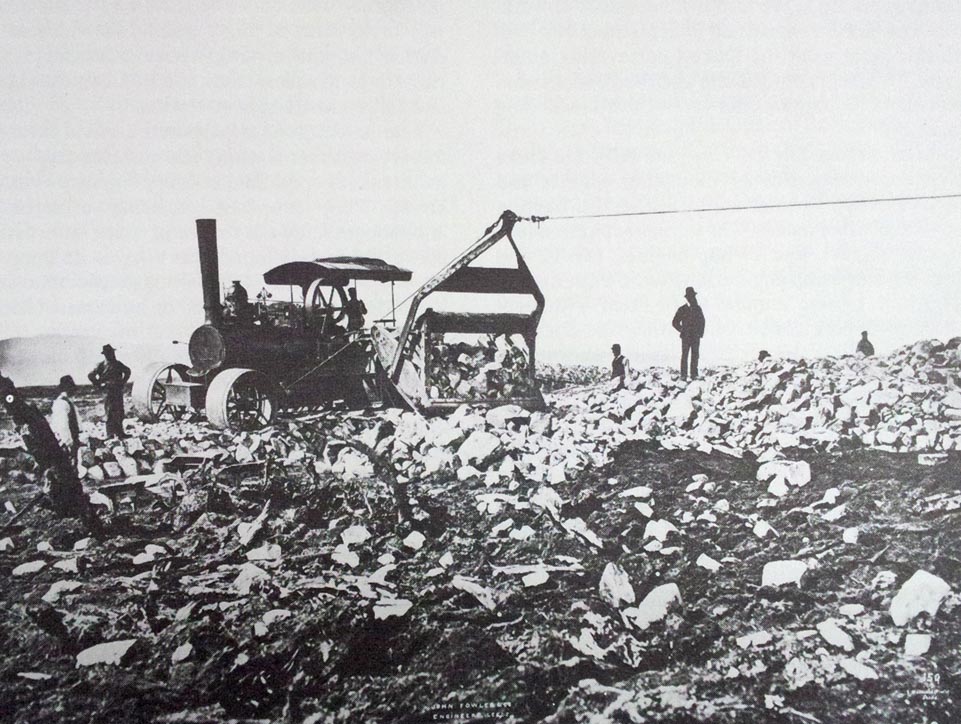About the steam plough
The introduction of steam ploughing in the 19th century was a radical departure from what had gone before. The development of steam power was initially motivated by the need to pump water from mines. Laterally, its transport, marine and industrial applications were critical to its development – its use in ploughing is somewhat nominal and it was not until the emergence of the internal combustion engine that the use of animals ceased. The steam engine was the key invention industrial revolution and steam ploughing an instructive example of Victorian optimism.
Where is Sutherland?
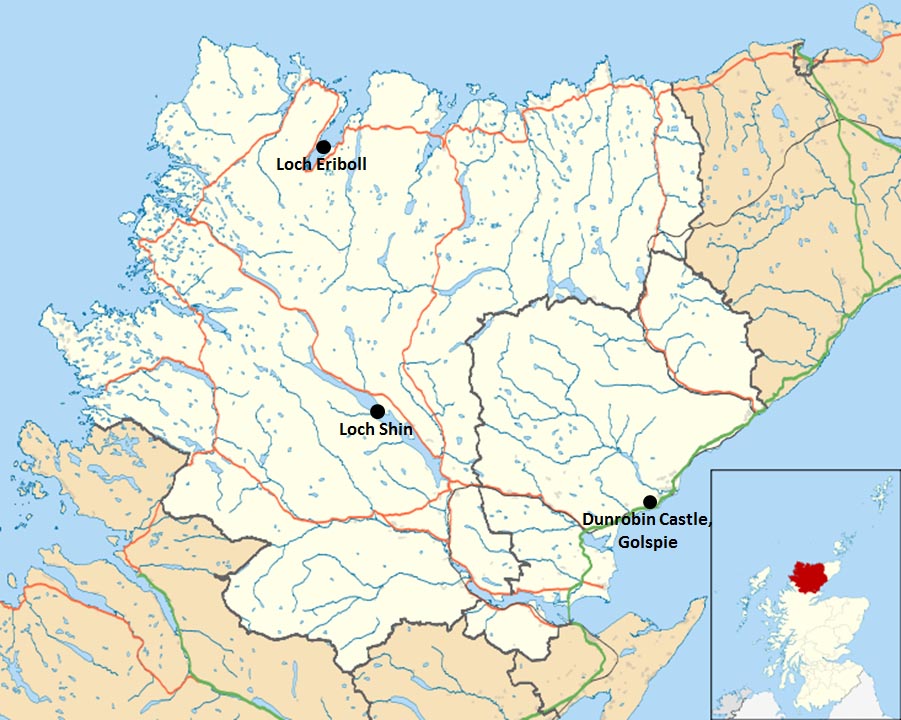
Steam ploughing typically consists of two traction engines located on either side of the field, and connected with a steel cable. A ploughing implement is dragged between the engines, with each pulling in turn. The plough can typically pivot around a central axis to allow it to work in two directions.
Working the land
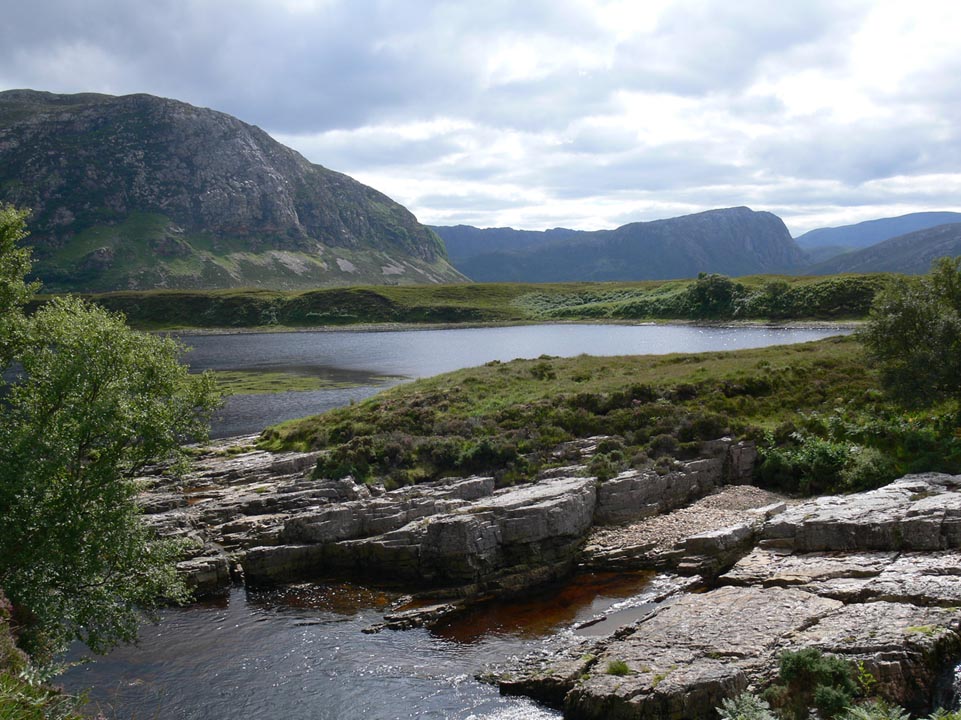
The use of steam ploughing was never viable in these harsh geographic conditions. The stony ground required a huge amount of preparatory work before ploughing could even begin, and the engines were too cumbersome and heavy for the hilly, boggy terrain.
The players
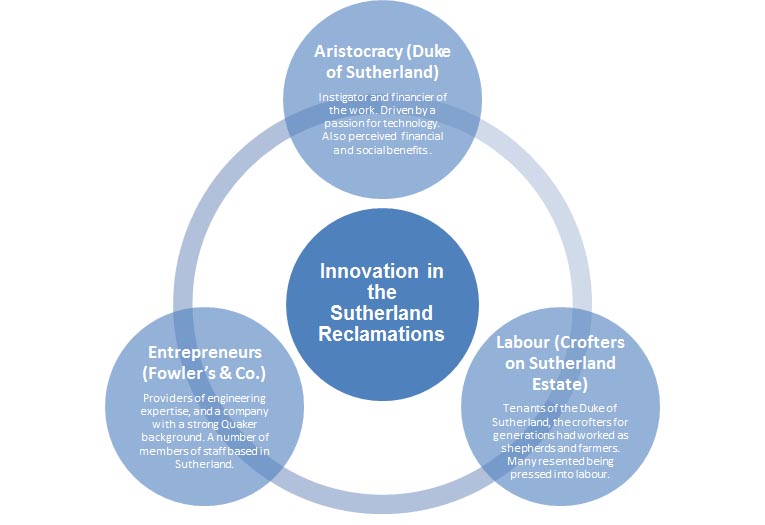
Motivation for the reclamation of Sutherland is rooted in political factors. The title of Duke of Sutherland was bestowed upon the 2nd Marquess of Stafford in 1833 by William IV. The Dukes of Sutherland were one of the richest landowning families in the United Kingdom and as bastions of the aristocracy were expected to take an active role in political life.
The crofting community
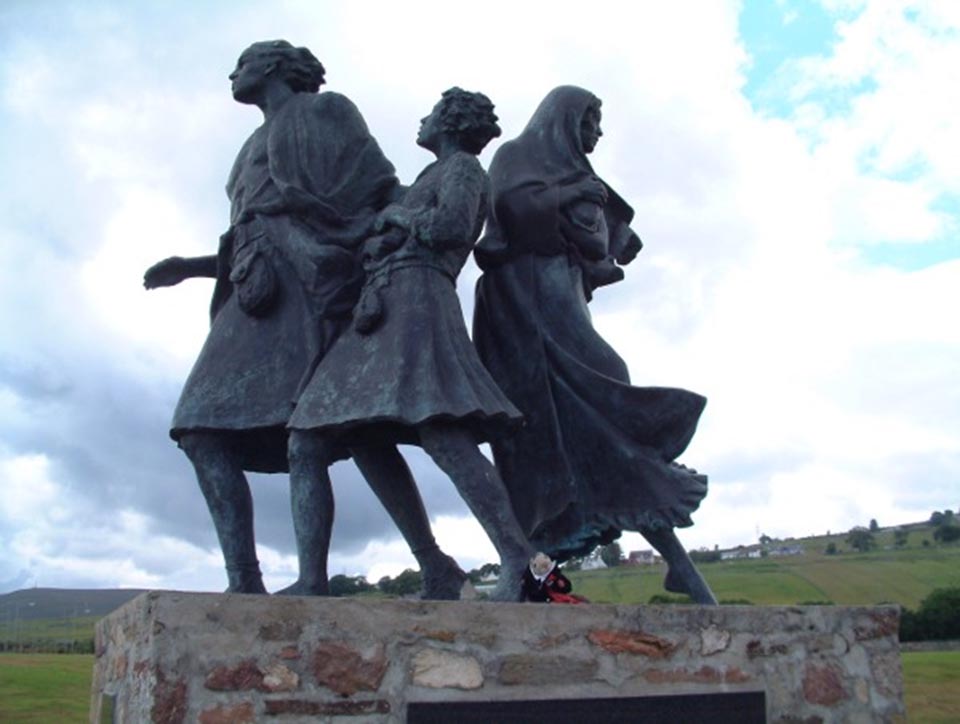
The crofting community were perceived as being particularly resistant to the reclamation works. There could be as many as 100 working in a field at a time, a surprisingly large number to operate two engines and a plough.
Fowler's workshop
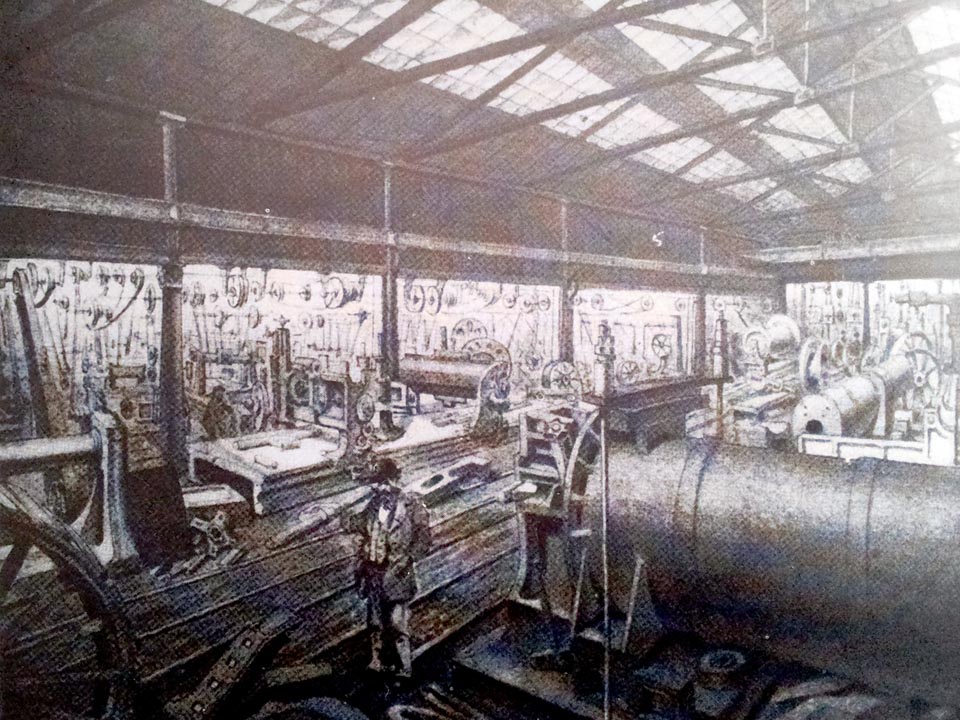
The technical expertise of those involved in the project was a product of Great Britain’s entrepreneurial industrial economy. Fowler’s was a company experienced in iterative improvement of proven technologies. The Duke was a headstrong enthusiast with significant financial resources.
The innovation landscape
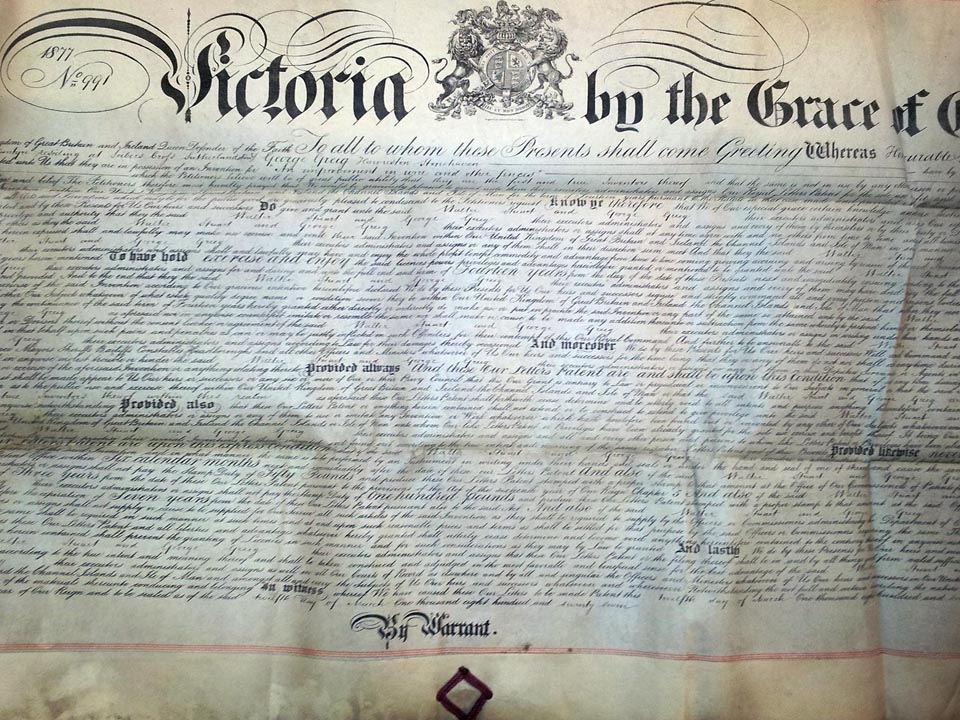
There were also a number of ancillary developments around the reclamations. A sledge for stones allowed up to five tons to be drawn using the steam engines. This was designed to tip the stones out at the end of its run, and in addition to its convenience the dragging across the surface proved beneficial to the broken land, the rubbing action disintegrating it.

